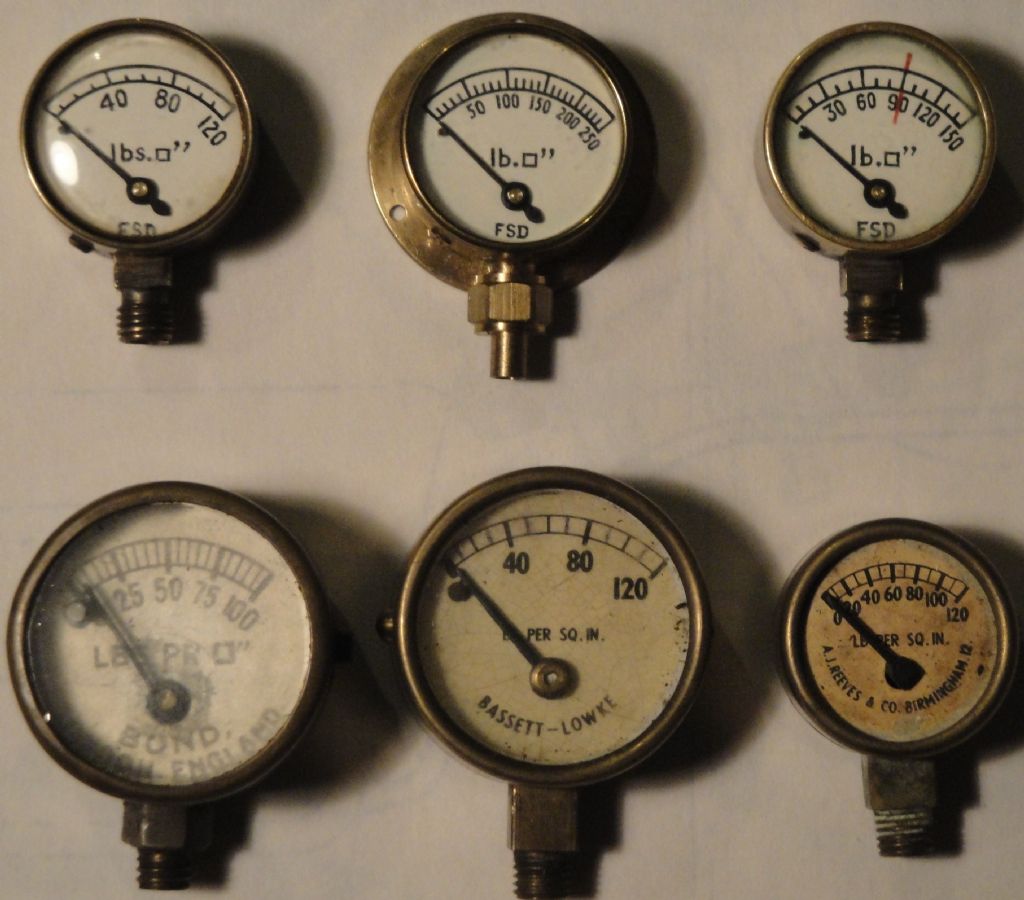I have to disagree.
Both Roy Amesbury and Freddie Dinnis (in Freddie's case commercially) made their own pressure gauges of scale size for 3.5"g and 5"g locos etc and all were perfectly accurate. Freddie's were so accurate they were used by Rolls Royce.
You can read the accuracy very well same as you use your eyesight to read a vernier caliper.
Roy used sifbronze rod drilled and reamed to fit onto a mandrel via loctite to turn the finished size for the bourdon tube before flattening and curving. I have used the same method. Roy described making his gauges on a number of occasions in ME.
Alan Dinnis has published a book on Freddie's life, his father, which includes a chapter on his gauges made when in 'retirement'.
I remember being shown how most of the parts were made in the mid 1980s by Freddie including how the phos bronze bourdon tube was drawn. I have a number of lengths if anyone wants to have a go at making their own.
Any purchaser of a gauge from Freddie was often subject to a trial of the calibrated gauge on the dead weight tester before money was handed over. Some of mine are 40 years old and all yet are as clear in reading and accuracy as when first made in Cowes Isle of Wight.
I bought a 1" dia vacuum gauge from Reeves in 1990. The vacuum gauges require thinner bourdon tubes. (Freddie made these as well). The Reeves vacuum gauge with its brass bourdon tube lasted but 5 years before the bourdon tube corroded. I have a box full of old commercial miniature gauges with brass corroded bourdon tubes from the days of Bassett Lowke and Bonds O' Euston Road.
Cheers,
Julian
 Neil Wyatt.
Neil Wyatt.







